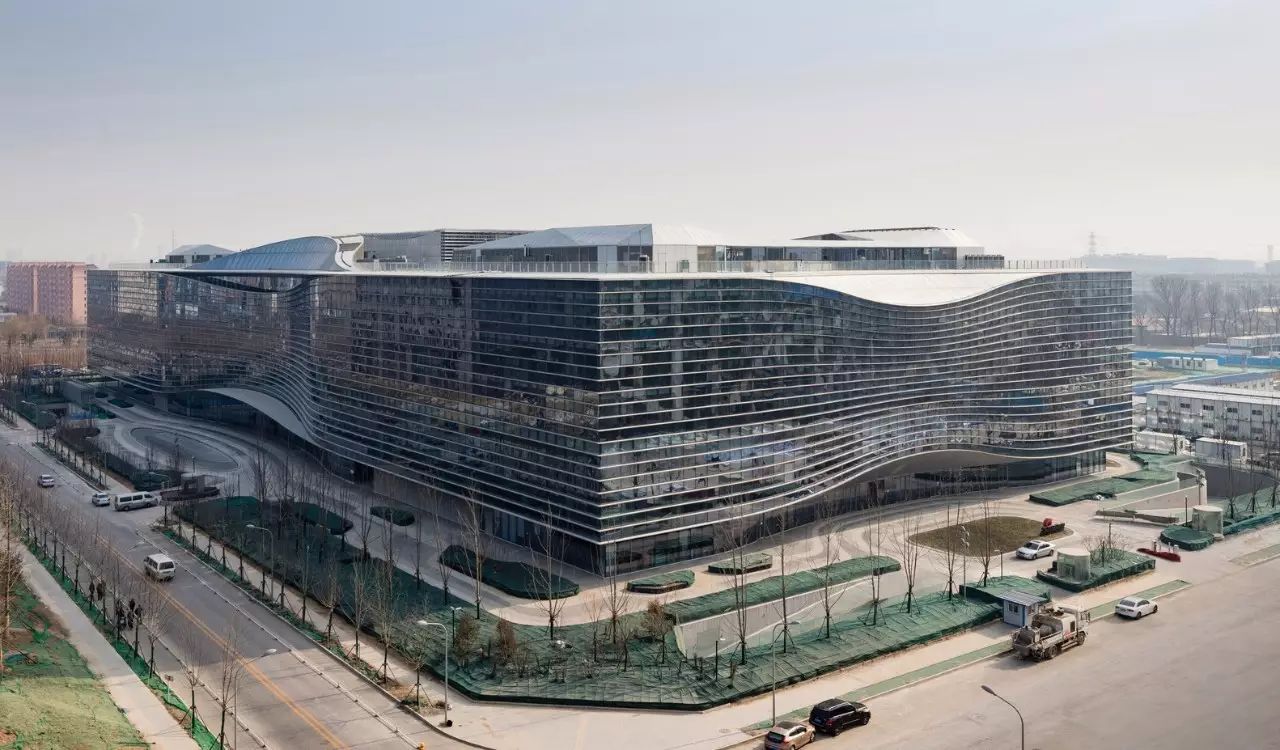郑州算命准的是哪里-【火明耀】,推荐,洪泽哪有算命的,深州算命准的师傅,吉林哪里算命很准,西峡哪算命算的好,防城港算命比较准的人,郯城哪有算命准的
郑州算命准的是哪里白水哪有算命准的,重庆算命较准确的大师在哪,济南什么地方有算命的,泾县哪有算命准的,武汉哪里算命准哪有算命准灵验的地方,甘洛哪里有易经算命,南陵哪有算命准的

BEIJING, Nov. 26 (Xinhua) -- China will never swerve from its carbon emission cut target despite all pressure and difficulties, said a senior official Thursday evening. Xie Zhenhua, vice minister in charge of the National Development and Reform Commission (NDRC), China's top economic planner, made the remarks at a press conference. China's State Council, the Cabinet, announced Thursday that the country is going to reduce the intensity of carbon dioxide emissions per unit of GDP in 2020 by 40 to 45 percent compared with the level of 2005. This is a "voluntary action" taken by the Chinese government "based on our own national conditions" and "is a major contribution to the global effort in tackling climate change," the State Council said. Vice Foreign Minister He Yafei also attended the press conference. "China made the emission cut target without financial and technological support from developed countries. This is not only for the country's own sustainable development, but also for the benefit of all the mankind," said He. However, China is still hoping developed countries would take actions as soon as possible, He said, adding that the Bali Road Map has set binding targets and actions on emission cut, investment and technology for developed countries. China faces huge pressure and special difficulties in controlling greenhouse gas emission, as the country has a large population and relatively low economic development level and is at a critical period to accelerate industrialization and urbanization, Xie said. "It demands great courage for the government to announce such a target," said Yu Jie, an official in charge of Climate Group's policy and research. The Climate Group is a British-based non-governmental environmental organization. As a developing country, China still faces various problems in both economic and social development, and it is not easy to make such a commitment, Yu said. The announcement of China's carbon emission target has broken one of the deadlocks challenging the upcoming Copenhagen summit, she said. It is also an answer to President Hu Jintao's promise at the September United Nations climate summit in New York that China would cut emission intensity by "a notable margin" by 2020 from the 2005 level. China's target is made after scientific research and calculations, combining the efforts to both tackle climate change and promote social and economic development, said Yao Yufang, professor at the Institute of Quantitative and Technical Economics under the Chinese Academy of Social Sciences (CASS). "Any party that asks China for higher cut is acting unreasonably." China can and will achieve the target if the country endeavors to improve energy efficiency, promote the development of renewable energy and optimize industrial structure, Yao said. "The country has set a specific quantitative target far beyond the Bali Road Map demands for developing countries, which reflects China's sincerity to make the Copenhagen summit successful and its commitment to tackle the climate change," said Pan Jiahua, director of the CASS Research Center for Urban Development and Environment. Li Gao, an NDRC official and a key climate change negotiator representing the Chinese government, said Tuesday: "We will try to make the summit successful and we will not accept that it ends with an empty and so-called political declaration."
BEIJING, Nov. 20 (Xinhua) -- Chinese President Hu Jintao said on Friday that China hopes to advance the strategic cooperative partnership with the Republic of Korea (ROK). "We will work with the ROK to increase friendly exchanges at various levels and enhance pragmatic cooperation in various sectors," Hu told Kim Hyong-o, speaker of the ROK National Assembly. Hailing the smooth development of China-ROK ties in recent years, Hu said the leaders of the two nations had maintained frequent contacts, exchanged views often and reached broad consensus on important issues. "This gives strong impetus to the growth of bilateral relations," Hu noted. Chinese President Hu Jintao (R) meets with Kim Hyong-o, speaker of South Korea's National Assembly, in Beijing, capital of China, Nov. 20, 2009 The two nations had also witnessed fruitful cooperation in economy, trade, environmental protection and energy, and made active exchanges between parliaments, political parties and people, he said. "Our coordination in international and regional affairs are close," he added. Both China and the ROK were faced with important tasks to promote economic recovery, improve people's life and safeguard peace and stability, Hu said, noting that to keep the stable and healthy growth of bilateral ties would not only benefit the two nations and the two peoples, but also help promote regional and world peace and development. The government also supports the legislative organs from both countries to expand exchanges and cooperation, the president said, expressing his hope that the ROK parliamentary members would make efforts to promote China-ROK friendship. Echoing Hu, Kim spoke highly of China's measures to cope with the international financial crisis and to maintain stable and rapid economic growth. The ROK-China relations were at its best period in history, and the ROK National Assembly would work with the National People's Congress (NPC) of China to contribute to the further growth of ties between the two nations, Kim noted. Kim is visiting China from Nov. 18 to 22 at the invitation of Wu Bangguo, chairman of the NPC Standing Committee.

BEIJING, Dec. 26 -- Competition between airlines and rail operators will further hot up on Saturday thanks to the launch of China's longest high-speed train link between Wuhan and Guangzhou. The line stretches more than 1,000 km and will slash the travel time from Wuhan, Hubei province, to Guangzhou in Guangdong from 10 hours to just three. Tickets for the service - which also stops at Changsha, capital of Hunan - went on sale at new stations in the three cities last weekend, with prices ranging from 780 yuan (0) for first class to 490 yuan for second class, said a joint document released by the National Development and Reform Commission and the Ministry of Railways. A bullet train runs on the Wuhan-Guangzhou high-speed railway on Thursday The link, on which trains will reach a top speed of 350 km/h, is expected to pose a real threat to airlines running flights linking the cities. "High-speed rail has three advantages over air travel: it is more convenient, more punctual and has a better safety record. This could help erode the airlines' market shares," said Si Xianmin, chairman of China Southern Airlines, the largest domestic airline by fleet size. From today's launch, 38 out of China Southern Airlines' 160-plus domestic flights will compete with high-speed train links, he said. A similar service opened on April 1 between Wuhan and Hefei, Anhui province, had already grabbed half of the passengers traveling from Wuhan to Shanghai, said Si. The Shijiazhuang to Taiyuan link, also opened on April 1, caused sales for China Eastern Airlines' Beijing to Taiyuan flight to slump 36 percent the following day, while private Spring Airlines reduced its Shanghai to Zhengzhou flights due to competition from the Shanghai bullet trains, Beijing News reported. To deal with this threat, China Southern Airlines last week unveiled several counter measures, including cutting ticket prices from Wuhan to Guangzhou by almost half for advanced purchases. The company also signed a deal with airports in Wuhan and Changsha to give priority to flights to Guangzhou to ensure punctuality. If railway chiefs over-cut the number of low-cost tickets on slower trains, as they did when the country's first high-speed link opened between Beijing and Tianjin last year, the airlines could win more passengers with cheap offers, said Zhao Jian, professor with Beijing Jiaotong University. "But whichever side wins, passengers will be the ultimate winner," he said. Wu Wenhua, a researcher with the National Development and Reform Commission's comprehensive transport institute, said developing high-speed rail networks is in line with the demand for high-efficiency, low-emissions transport. China plans to have high-speed rail services running between 70 percent of key cities by 2020, which would cover more than 80 percent of the airline network. About 16,000 km of railway for 350-km/h trains will be built on the mainland in the next 10 years, according to a blueprint by the Ministry of Railways. By 2012, work will be completed on 42 high-speed links covering 13,000 km, the blueprint showed.
BEIJING, Nov. 11 (Xinhua) -- Chinese top political advisor Jia Qinglin attended a symposium here on Wednesday to mark the 60th anniversary of the uprising of two air carriers in Hong Kong in 1949. On Nov. 9, 1949, a total of 12 aircraft from the carriers flew from Hong Kong to Beijing and Tianjin on the Chinese mainland during the uprising, a move embraced by the New China. Mao Zedong called it "a very patriotic action of great significance." Du Qinglin, head of the United Front Work Department of the Communist Party of China Central Committee, said the precious spirit of the uprising should be inherited and promoted, to encourage all the Chinese to make unswerving contributions to the rejuvenation of the nation.